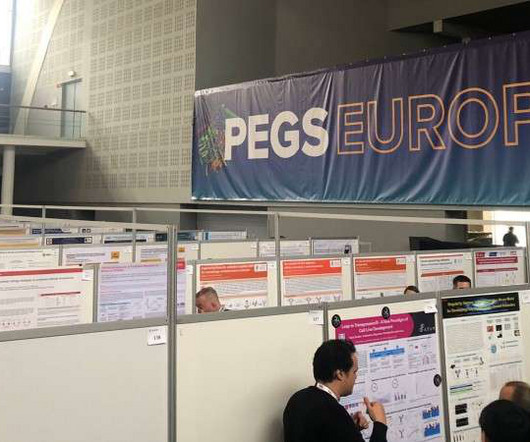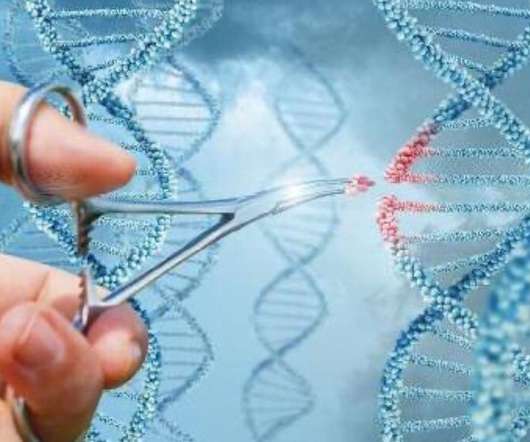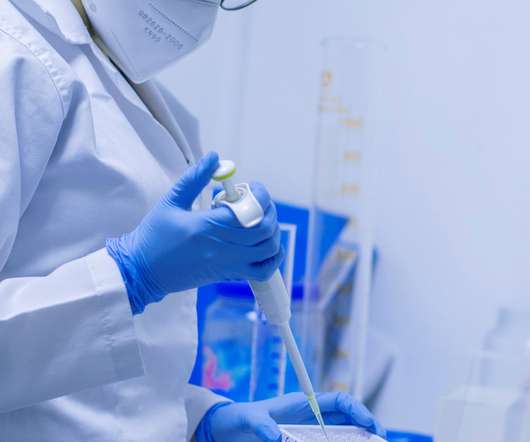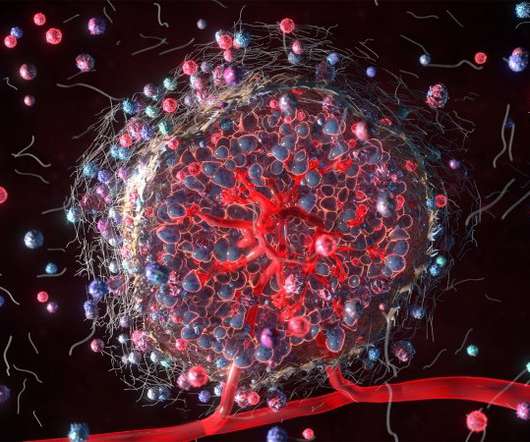Reflecting on PEGS Europe 2023
Drug Discovery World
NOVEMBER 30, 2023
This presentation covered three primary drivers for a protein expression model: speed, cost and sustainability. “It The next presentation attended in this track was the keynote presentation, which was given by Kate Smith, PhD, Head of UK Protein & Cell Sciences at GSK. GSK has developed high-throughput mammalian and E.













Let's personalize your content